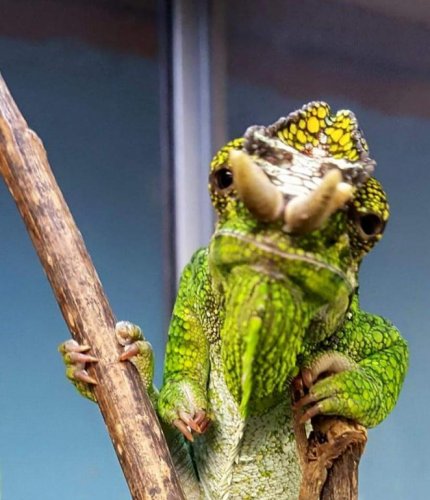Motherlode Chameleon
Chameleon Enthusiast
From the Exo Terra expedition pictures it seems the placement of the horns is the and smaller fins is the distinction between the T. q. quadricornis and T. q. gracilior subspecies and the orange head T. q. gracilior is a color phase of that sub species.
This statement is unconfirmed though.







